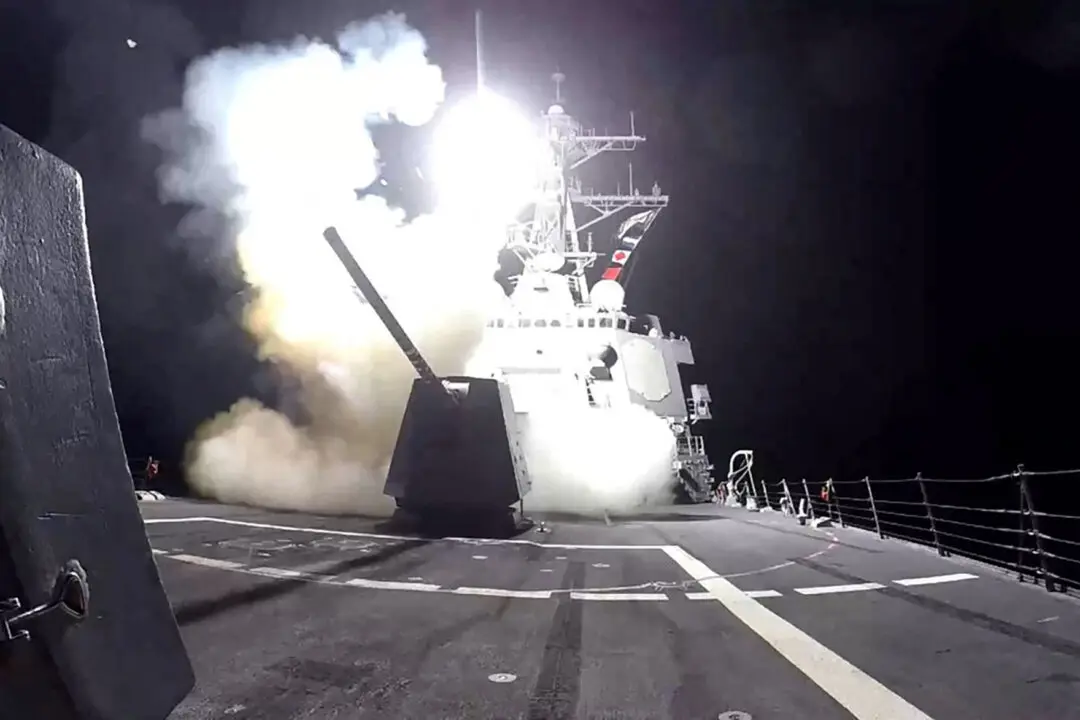Russian malware is infecting Ukraine’s mobile devices, gathering information about Ukrainian military systems in a possible attempt to undermine them, according to a new report.
The “Infamous Chisel” malware is working its way through untold scores of Ukrainian Android devices, according to the report, which was jointly published by agencies in Australia, Canada, New Zealand, the UK, and the United States.




